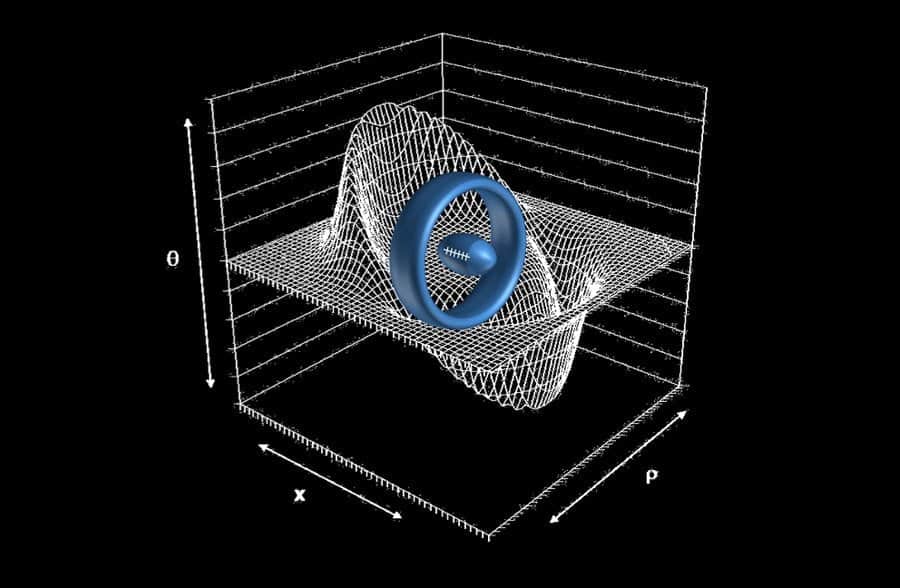A research team of two theoretical physicists presented the first general model for spherically symmetrical subliminal positive energy units. In summary, a warp engine that would travel faster than the speed of light.
In the document, based on the theories of physicist Miguel Alcubierre, the Swedish Alexey Bobrick and the American Gianni Martire present their demonstration.
Conceptually we demonstrate that any warp drive, including the Alcubierre drive, is a shell of regular or exotic material that moves inertially at some speed. A class of subluminally curved, spherically symmetric spacetime, at least in principle, can be constructed based on the physical principles known to humanity today
Taken from the research
Who is Miguel Alcubierre
The theories of the two scientists are based on the Alcubierre curvature transmission, as mentioned. Physicist Miguel Alcubierre published a paper in 2000 in which he theorized a pulse engine that works by modifying spacetime. wrote that such a pulse engine works by modifying spacetime.
“With a purely local expansion of spacetime behind the spacecraft and an opposite contraction in front, faster movement of light as seen by observers outside the disturbed region is possible,” he wrote Alcubierre. “The resulting distortion is reminiscent of the 'warp drive' of science fiction. However, just as with wormholes, exotic matter will be needed to generate a distortion of spacetime."
The warp engine
In theory, a warp engine would be able to operate within the confines of Albert Einstein's theory of general relativity. Faster-than-light travel should require an infinite amount of energy, but that restriction only applies to objects in spacetime. Not at spacetime itself.
Il new study he distances himself from Alcubierre's notions: instead of using "negative energy", a substance that does not exist in the universe, he hypothesizes the use of "bubbles" of spacetime to make the push possible.

The intuition behind the theory
The inside of the bubble would contain a passenger area in which time could flow differently than outside the aircraft. “You can't break the speed of the light barrier for the passengers with respect to spacetime, so you make them move normally in the bubble. But you move the bubble itself in a superluminal way,” he explains Sabine Hossenfelder, Professor and researcher at the Institute for Advanced Studies in Frankfurt.
The document also goes on to explain the forms the craft could take, such as seating passengers next to each other rather than behind each other, in contrast to traditional spacecraft.
This is because the amount of energy required depends on the shape of the bubble, and the flatter it is in the direction of travel (in the design of this warp engine) the less energy is needed.
Warp motor, a long-time dream
The development of a warp engine has long been a dream of space agencies, but it is difficult to achieve tangible results.
In 2014, NASA released plans for an aircraft with warp engine capable of traveling to the nearest star in four weeks compared to the current 80.000 years.
The agency has attempted in the past to research new methods propulsion for space exploration, but is also clear that it is not yet working on practical applications of the “warp drive” technology.


